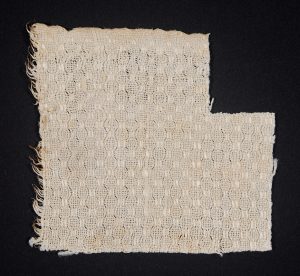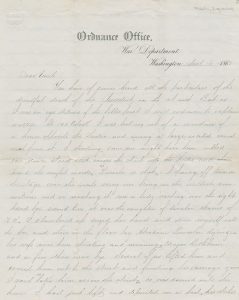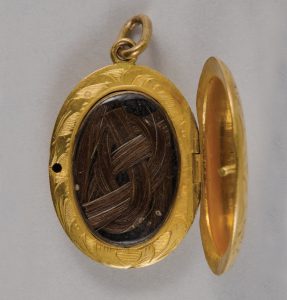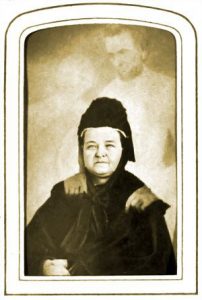By Jamie M. Bolker, MHS-NEH Long-term Fellow
When English and European colonists arrived in what is now New England, they were overwhelmed by what they perceived as tractless wildernesses. Far from the cultivated cities and
manicured countrysides of England, what they saw were dense forests populated by immense trees. As colonists continued to overtake lands inhabited by Native Americans, they altered the
landscape to suit their needs for the sake of agricultural, industrial, and national progress. In reviewing field books kept by land surveyors in the eighteenth and nineteenth century at the
Massachusetts Historical Society, it becomes clear that trees of numerous varieties played a surprisingly large role in laying out the geographical shape of the United States. Surveyors
tasked with measuring and marking the boundaries of personal estates, roads, towns, cities, counties, states, and nations in early America would choose natural landmarks not only to help
them mark the bounds of the land they were surveying but also to find themselves in space. Surveys might start at a building, a heap of stones, a wooden stake, or quite often, a tree.
Surveyors and citizens of early America had a strong knowledge of trees so as to be able to identify them quickly by sight, as these collections show.

major points of measurement on his survey.
In town records for Sandisfield, Massachusetts from 1794-1819, the surveys of roads were described in detail: landmarks like Beach and Oak trees, and even the stump of a Hemlock tree were identified. [1] Thatcher Magoun, in his surveys of towns in eastern Massachusetts from 1811-1813, wrote that in marking a survey of Zachariah Shed’s Farm in Waltham, MA, he at one point travelled South 36 degrees to a “Small Peach Orchard.” [2] Benjamin Shattuck, who surveyed the western boundary line of the Cherokee nation in 1823, describes his movements in the survey as they were oriented around such trees as Cottonwood, Gum, Sycamore, and Hickory. [3] Because trees were subject to any number of natural or human events and activities, these surveys retain a strong sense of ephemerality and hyperlocality, offering a detailed snapshot of a piece of land at a very specific time. The role of trees in a land survey could sometimes be even more literal. Such was the case when Charles Turner recorded the minutes of an Allotment Survey of Mars Hill Township in Maine in 1804 on birch bark. Though his writing is now only partly legible, Turner has noted the surveyor’s movements and the mile markings he made on trees: “half a mile on a Spruce,” “2 half mile on a Fir,” “1 half mile on small Maple,” “the 4 th half mile on a Yellow burch [birch],” and “3 1/2 miles on Cedar,” for example (11). [4]

Not only did the trees serve to mark boundaries and provide the material surface for surveys, so too did they track environmental change over time. Lines of demarcation between states, for
example, would need to be renewed and resurveyed, and old landmarks like trees, stakes, heaps of stones, and bodies of water were sometimes seen to register the advance of the colonization of
North America. In “An Account of the Boundary Lines of the Commonwealth of Massachusetts,” Samuel Williams recounts the history and renewal of state division lines in Massachusetts. Williams discusses a prominent landmark found during a renewal survey in the 1780s which was used in original surveys of the Massachusetts Bay and Plymouth colonies in 1638: “A Tree which has long been known by the name of The Station Tree is still standing; and by measure was found to be 120 rods distant from the Station where the several colony lines were set off.” He continues, remarking that other aspects of the place have changed: “But the southerly branch of the [Charles] river from which the mensuration was made is now become but a small brook. Such streams must naturally have decreased as the woods were cut down and the country laid open: an event which… [takes] place with the cultivation of a country.” “This station,” established by the previous surveyors Nathaniel Woodward and Solomon Saffery, “is not now distinguished by any nature, stones, or monument,” Williams wrote. [5]
The Station Tree still stands in Natick, MA, as per an update from the website Waymarking.com in 2019. The White Oak tree is estimated to be nearly 500 years old. What would Samuel Williams have to say about the state of Massachusetts that surrounds the Station Tree today?


[1] Southfield (Mass.) town records, 1794-1819, Ms. N-869, MHS
[2] Thatcher Magoun notes, 1811-1813, Ms. SBd-174, MHS
[3] Benjamin Shattuck diary, 1823, In Caleb Davis papers (Box 20), Ms. N-1096, MHS
[4] Allotment survey of Mars Hill Township, Me., 1804, Ms. S-219, MHS
[5] Samuel Williams papers, 1731-1787, Folder 3, Ms. N-476, MHS



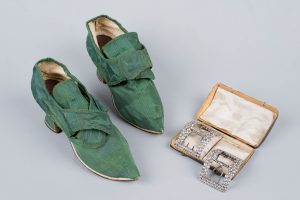
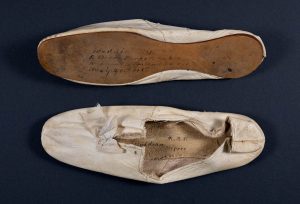
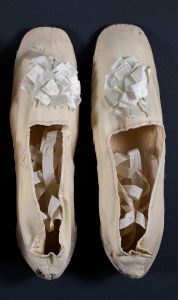
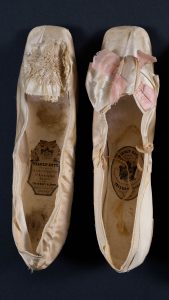


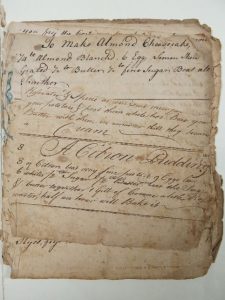
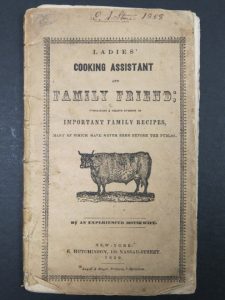
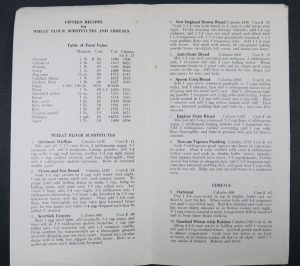
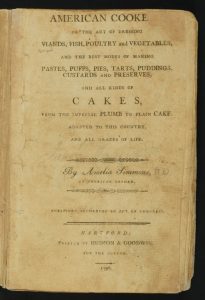
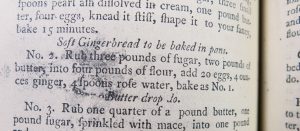



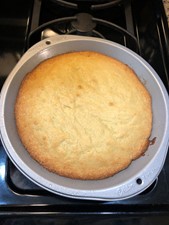

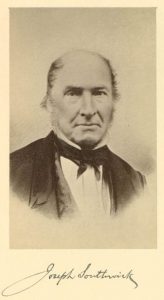




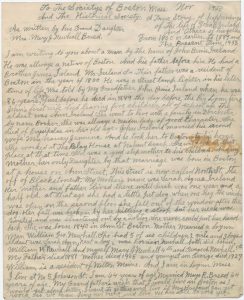
![Abigail Adams Smith, miniature portrait on porcelain tile by an unidentified artist, [18--]](http://www.masshist.org/beehiveblog/wp-content/uploads/2021/11/Abigail-Adams-Smith-251x300.jpg)
